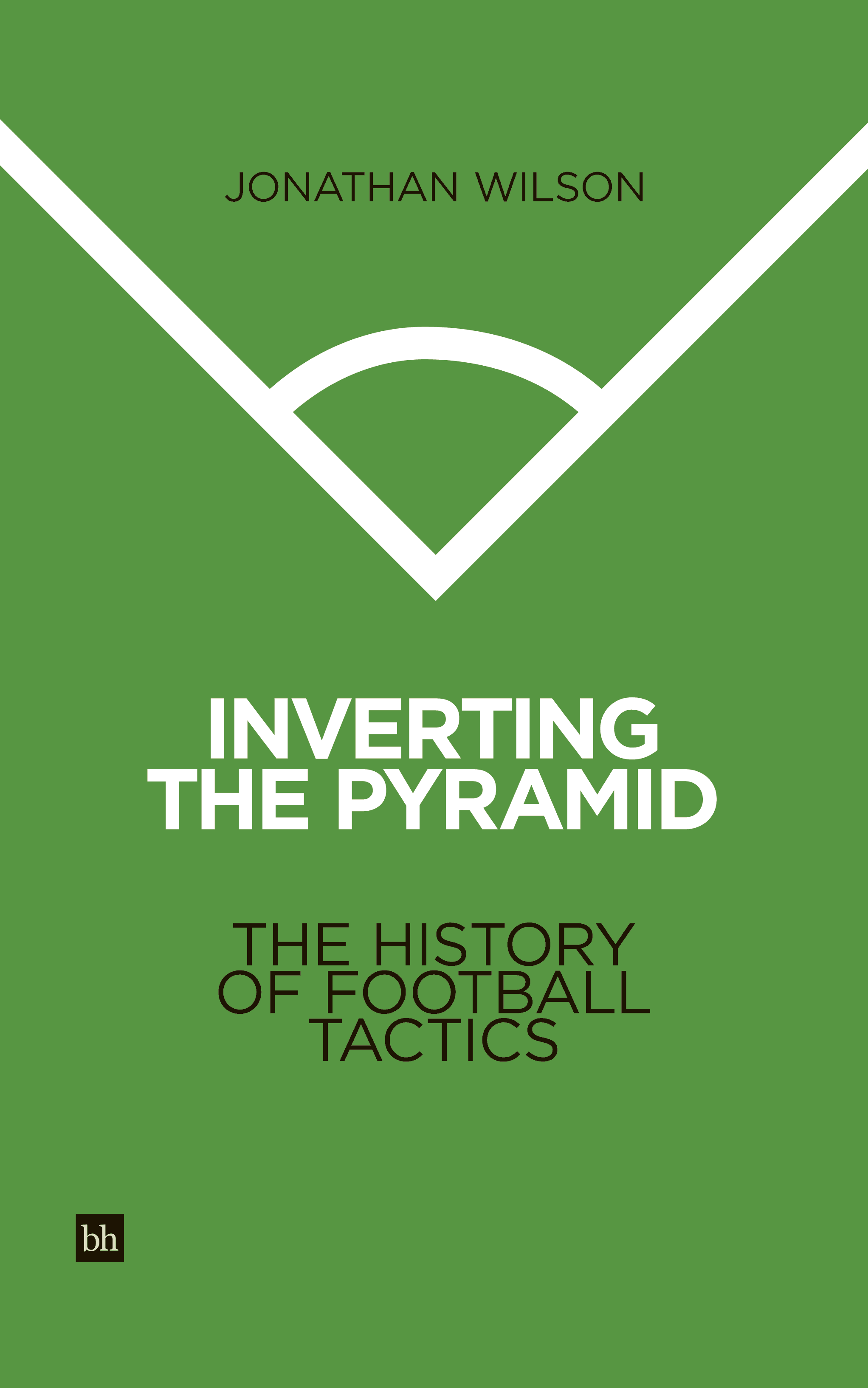Inverting The Pyramid
Reviewed by Lorenzo Princi 2012-05-07
Two sides equal, eleven players, one standing in goal, the others separated in lines across defense, mid-field and attack. The pitch marking equal for both, the rules objective, the referee impartial, the goal simple; Put a small round ball in a large rectangle mouth.
From the inception of the sport itself, the rules of football have changed little, at least once they were first officially penned. However the great debate has never been around the rules, it is seldom even about the players. The question has always come down to tactics, that is, how should the game be played?
In Inverting The Pyramid: The History of Football Tactics, Jonathan Wilson goes a long way to explain the evolution of tactics in the footballing world from day dot to the present. Spanning different cultures and approaches, from basic kick and chase to complex pressing systems, Wilson demonstrates how a change in philosophy could turn around results, excite fans and destroy the artist.
Wilson's book is extremely well researched, with many historical facts and quotes from players, coaches and other key personas. It includes detailed examples of team formations (with diagrams) and thorough depictions of tactical approaches for all the significant teams across the globe, spanning a hundred or so years.
At the core of Inverting The Pyramid is a journey to discover the answer regarding the correct way to play Football. Should winning at all costs (even if it isn't pretty) take precedence? Or is beautiful one touch passing and individualism the way to showcase the game correctly? If so, how long will fans or board members be willing to watch this beautiful football if it means losses? Perhaps there is a way for football to be entertaining as well as successful? By examining the great teams of history and the tactical systems of the greatest coaches, Wilson goes a long way to answer these questions.
Wilson is informed, informative and entertaining. Read this book and be left with an understanding of how the great game developed from one major tactical development to another and how and why certain coaches had their teams playing a certain way.


